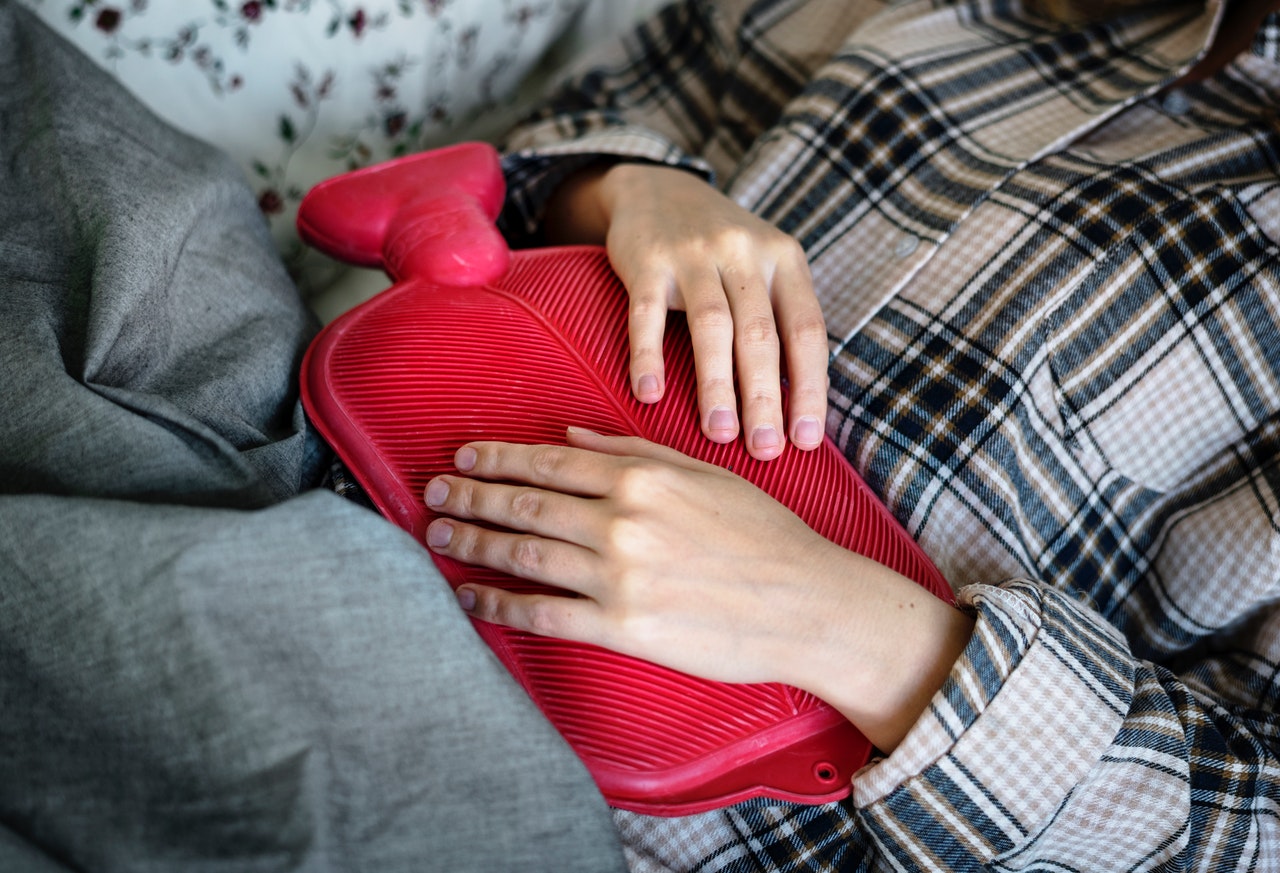Women of childbearing ages might experience conditions whereby cells or tissues that are similar to implants on the uterine lining grow outside their wombs. This is called Endometriosis; the tissue growth can block fallopian tubes and prevent fertilisation. When women have mild or moderate-level endometriosis, the chances of getting pregnant are higher than in severe conditions. There have been some cases where women and couples have to discuss with specialists how to have a baby girl or boy successfully. However, endometriosis is different from cancerous cells, and these are the outcomes of the condition.
Diagnosing Endometriosis
While most of the top causes of infertility in women are diagnosed with ease, the diagnosis of endometriosis can be difficult. In some cases, women with endometriosis don’t experience any pain, and others may go through extreme pains. However, endometriosis diagnosis that includes either an abdominal and pelvic examination might show some abnormalities.
Usually, painful abdominal scars or discomforts around a woman’s belly button (during or after her menstrual period) might be a symptom of endometriosis. With palpations around the woman’s pelvis or abdomen, a doctor might find cysts that indicate some reproductive organ abnormalities. Also, doctors use a process called transvaginal ultrasound to monitor symptoms of endometriosis.
As stated earlier, diagnosing endometriosis in women that have severe and persistent symptoms can be tough. This exceptional diagnosis often requires a surgeon to slit the woman’s abdomen during the process of laparoscopy. Generally, anesthetic is provided for the patient to remain calm during the procedure. Then, a laparoscope is guided through the cut-open navel to search for endometrial tissues outside the woman’s womb. When abnormal samples of tissue (implants) are found and extracted, the surgeon might understand their sizes, locations, and extent damage to the patient’s reproductive system.
What is the Effect of Endometriosis on Fertility?
Endometriosis tissues are affected by menstrual cycles because they swell and discharge blood every month. Unlike menstrual flows through the vagina, the blood from endometriosis accumulates inside the woman’s body. This condition of trapped blood may cause pelvic adhesions and painful inflammations. While younger (less than 35 years) women with mild cases of endometriosis might be fertile, the symptoms are manageable when women are pregnant. The women and families who struggle to fall pregnant with this condition often turn to IVF sex selection, as this might be their only shot at being able to start a family.
There’s no cure, but patients with either mild or moderate endometriosis can conceive without treatment. During pregnancy, it’s rare to experience endometriosis complications apart from the risks of low-lying placentas, and ectopic pregnancy. However, a severe case of endometriosis might need surgery before the fertility specialist can help patients to experience natural conception. Also, endometriosis surgery cannot be done when a woman is pregnant.
Ways of Easing Endometriosis Symptoms
Managing endometriosis with non-steroidal anti-inflammatory (NSAIDs), and other types of painkillers can help women. However, mums-to-be might be advised to discontinue the use of NSAIDs or Codeine because of the risk on their unborn. Yoga and warm baths can ease endometriosis pains too.

Hormonal treatments for endometriosis are useful, but they are not ideal when the patient is trying to get pregnant.
Surgical procedures can remove the endometriosis tissues that affect fertility. Laparoscopy (keyhole surgery) is an effective procedure where a camera-carrying wand helps to extract or destroy the pieces of tissues.
What Are The Symptoms?
Some common symptoms of endometriosis include the following, but they may vary in women of child-bearing ages. While some may have discomforting severe sensations and inflammations, other women might not feel any pain.
• Painful bleeding, heavy or irregular menstruations
• Cramps around the pelvis, and lower abdomen during ovulation or menstrual cycle
• Prolonged pains after or during intercourse
• Infertility
• Unpleasant sensations in the bowel or while urinating
• Inflammation or scars around the abdomen
• Phlegm with blood (very rare), and fatigue.
Phases of Endometriosis
• Stage 1: Minimal endometriosis
• Stage 2: Mild endometriosis
• Stage 3: Moderate endometriosis
• Stage 4: Severe endometriosis
